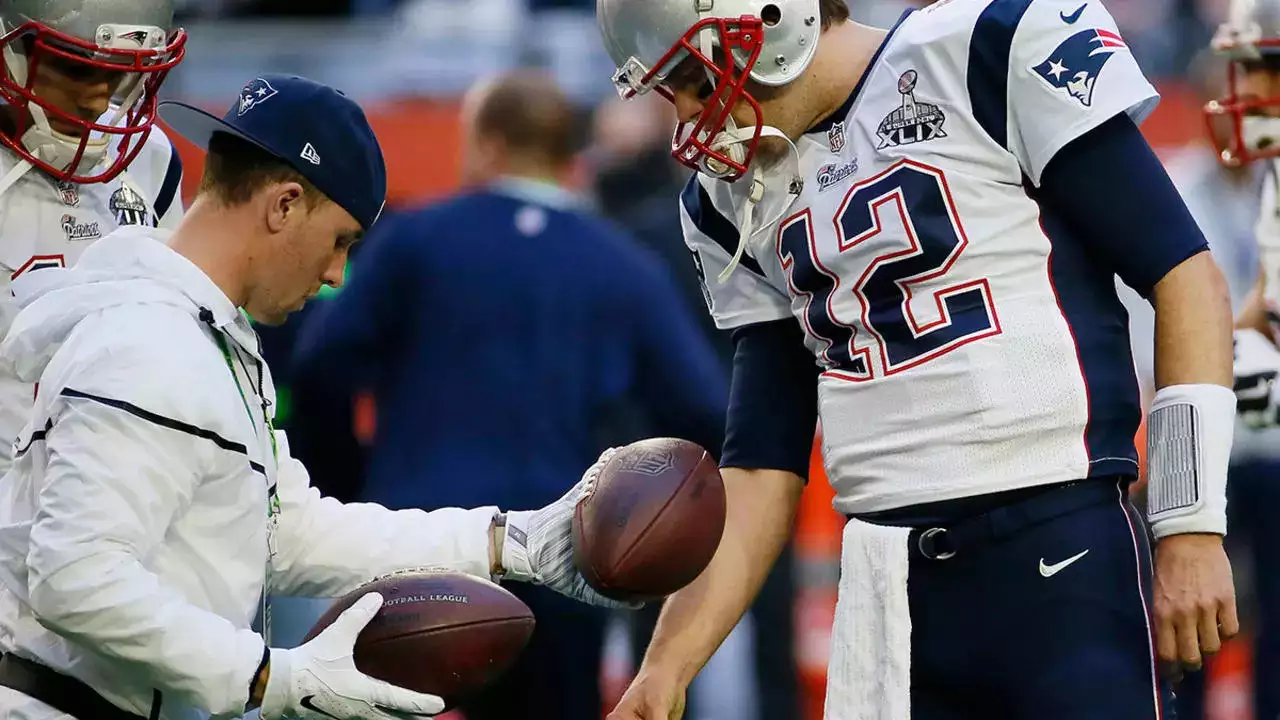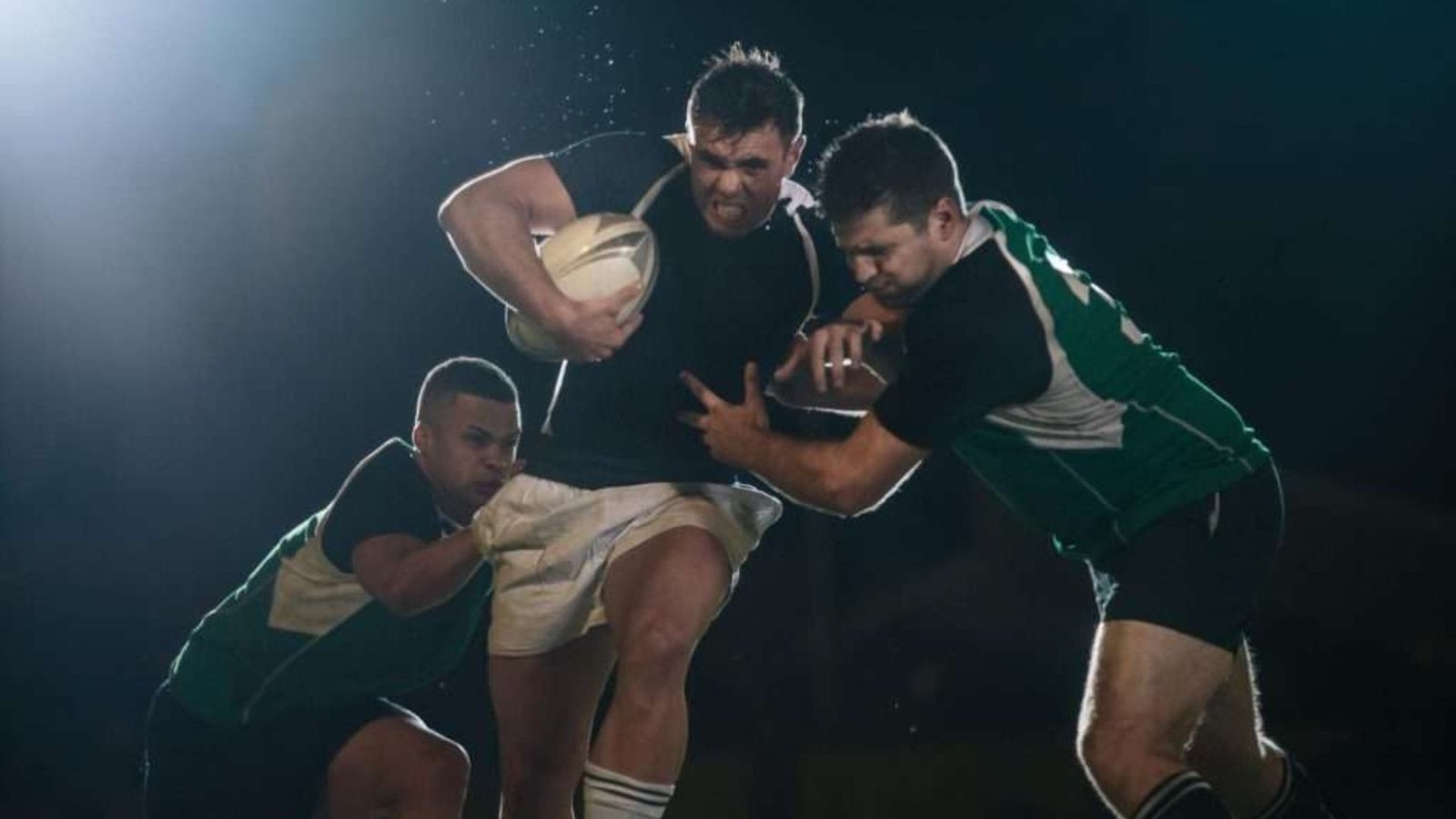Over the last century, women’s sports have undergone a remarkable transformation, evolving from being virtually nonexistent in many areas to gaining recognition and respect in global competitions. However, despite the progress made, women in sports continue to face significant challenges, from inequality in pay and media representation to unequal opportunities and social biases. In this post, we’ll examine the evolution of women’s sports, the barriers female athletes have faced, and the ongoing fight for equality.
The Early Days: Women’s Sports in the Shadows
For much of history, women were excluded from competitive sports, largely due to societal beliefs that physical activity was inappropriate or even dangerous for women. In the 19th century, women’s participation in sports was often limited to more “feminine” activities, such as archery, croquet, and tennis, with society at large viewing sports as a male-dominated arena.
In the late 1800s, the first significant shift occurred when women began to compete in sports at the amateur level. The establishment of the first women’s tennis championship in 1884 and the inclusion of women’s events in the 1912 Summer Olympics (though very limited) were crucial milestones in this period. However, most of the professional sporting world remained closed to women, and women were often pushed to the sidelines.
Breaking Barriers: The Mid-20th Century
The mid-20th century saw the rise of women’s sports in various parts of the world, spurred by changing societal attitudes toward gender roles and the early works of female athletes advocating for equal opportunities.
- Increased Opportunities in College and Amateur Sports
The post-World War II era brought about significant changes. Women began to break into more mainstream sports, with notable figures like Babe Zaharias, a trailblazer in both golf and track and field, showing the world that women could excel in sports traditionally reserved for men. The 1960s and 1970s, in particular, marked an era of significant growth in female participation in sports, both at the college and amateur levels. - The Title IX Movement (1972)
One of the most pivotal moments for women in sports came with the passing of Title IX in the United States in 1972, a federal law that prohibited gender discrimination in federally funded education programs, including sports. Title IX drastically increased female participation in high school and college athletics by ensuring that women had equal access to athletic scholarships, facilities, and coaching opportunities. As a result, women’s sports programs saw a surge in the number of participants, leading to the emergence of numerous collegiate champions and Olympic athletes in the decades that followed.
Women in the Olympics: Breaking New Ground
The Olympic Games played a crucial role in raising the visibility of female athletes and showcasing the level of talent among women in sports. Over time, more events for women were added to the Games, providing female athletes with the stage to demonstrate their skills on a global scale.
- The 1980s and 1990s saw the inclusion of women in sports that were previously male-dominated, such as the 1984 Los Angeles Olympics, which saw women compete in the marathon and other long-distance events for the first time.
- In the 1996 Atlanta Olympics, women competed in all sports for the first time, marking a significant milestone in the history of female participation in the Olympics.
- Female athletes like Serena Williams, Martina Navratilova, and Jackie Joyner-Kersee became household names, defying traditional gender roles and becoming icons in their respective sports.
While these achievements were ground-breaking, many female athletes continued to face challenges, such as unequal pay, limited media coverage, and stereotypes regarding their physicality and competitiveness.

The Modern-Day Challenges: Inequality and Stereotypes
Despite the considerable progress, women’s sports still face numerous obstacles. Female athletes often contend with issues that their male counterparts do not, including the following:
- Gender Inequality in Pay and Resources
One of the most prominent challenges is the issue of pay disparity. Women’s sports leagues, especially in basketball, soccer, and tennis, often receive much less financial support than male-dominated sports. For example, while the National Women’s Soccer League (NWSL) and Women’s National Basketball Association (WNBA) are growing in popularity, they still earn a fraction of the revenue and salaries that men’s leagues generate. Female athletes in many sports continue to receive lower wages, fewer endorsements, and less media exposure compared to their male peers, despite their achievements. - Limited Media Coverage
Women’s sports often receive significantly less media coverage than men’s sports. According to studies, women’s sports account for a fraction of all sports media content. This lack of exposure makes it difficult for female athletes to gain the recognition they deserve and limits the opportunities for female sports to grow commercially. - Stereotypes and Societal Expectations
Despite the increasing acceptance of women in sports, many still face societal expectations that associate femininity with passivity and physical weakness. Female athletes are frequently judged not only for their athletic performance but also on their appearance, and they are often forced to deal with unwarranted criticism about their physicality and strength. - Lack of Representation in Leadership Roles
While female participation in sports has increased, women are still underrepresented in leadership positions within the sports industry. There are fewer women in coaching, management, and executive roles compared to men, which limits the influence women can have in shaping the future of sports.
Moving Toward Equality: Progress and Empowerment
While challenges remain, the continued advocacy for women’s rights and gender equality in sports is slowly but surely moving the needle toward fairness and inclusion. The 2019 Women’s World Cup set viewership records, showing the growing demand for women’s sports. Female athletes are also becoming more empowered to demand better conditions, pay, and opportunities.
Efforts like equal pay in tennis, where female players like Serena Williams and Venus Williams have fought for equal prize money in major tournaments, are gradually shifting the paradigm. Additionally, organizations like the Women’s Sports Foundation continue to champion the rights of female athletes and push for more equal representation in all aspects of the sporting world.
Conclusion
The evolution of women’s sports has been a long and challenging journey, marked by significant milestones and setbacks. While female athletes have made tremendous progress in terms of participation, visibility, and recognition, the fight for equality is far from over. As society continues to push for gender equality, it is essential that both athletes and fans advocate for equal pay, fair representation, and continued opportunities for women in all sports.
With ongoing efforts from athletes, advocates, and supporters, the future of women’s sports looks promising, and we can expect even greater achievements in the years to come. By empowering women in sports, we are not only creating role models for future generations but also paving the way for a more inclusive and fair sporting world.











